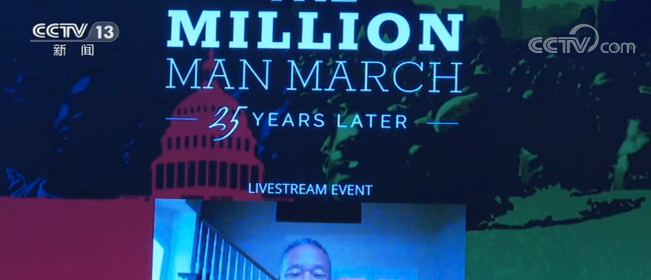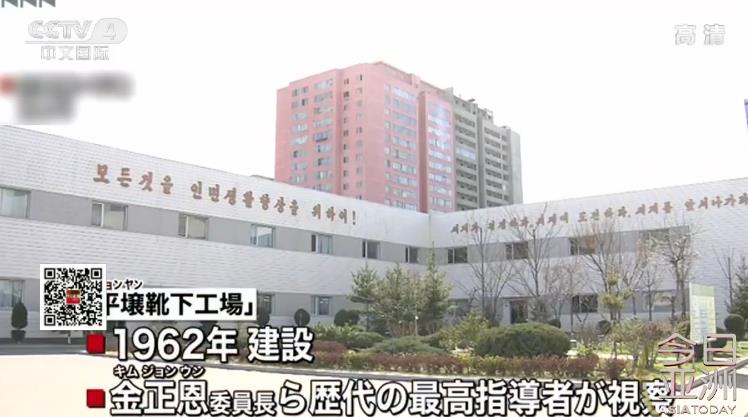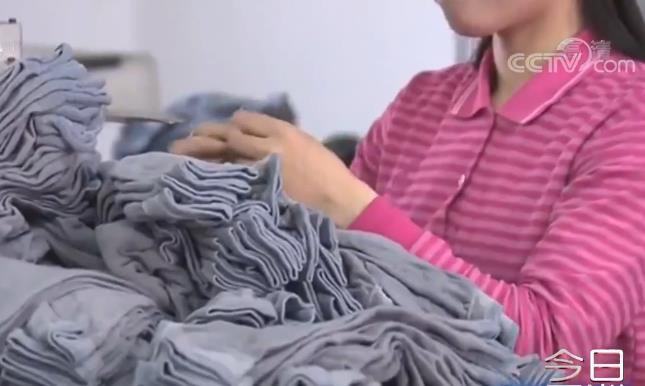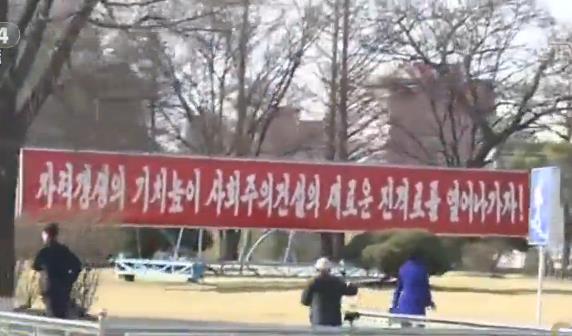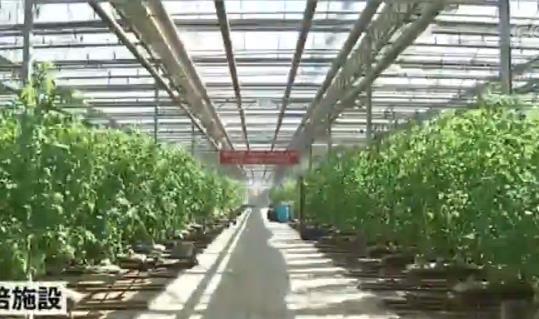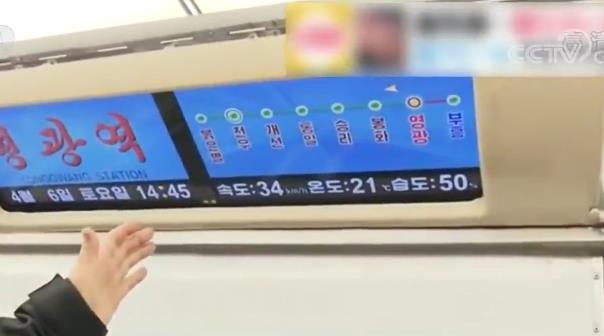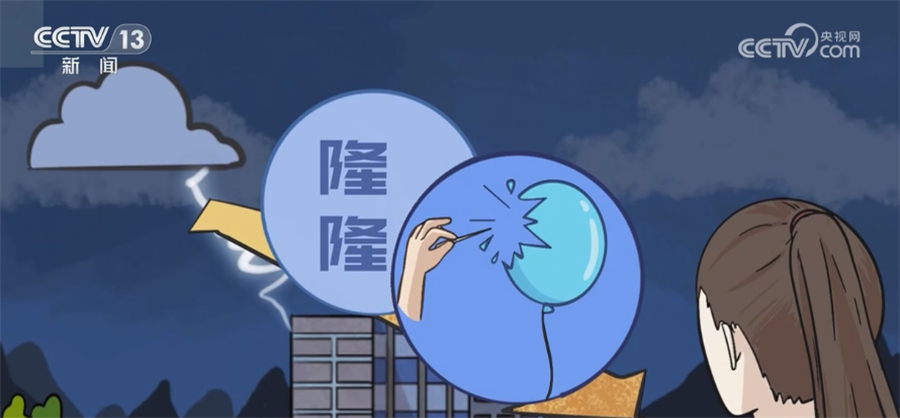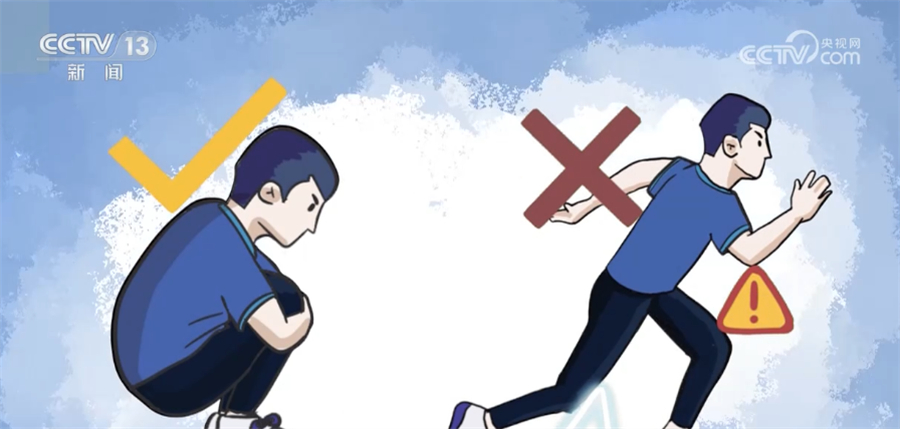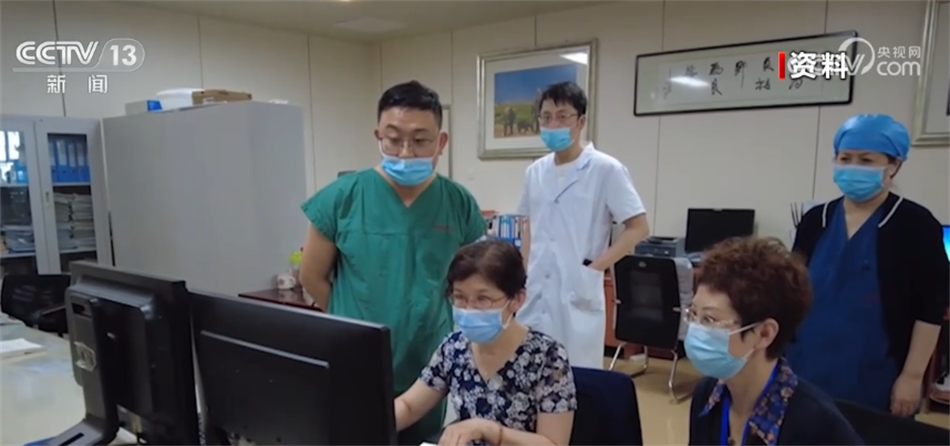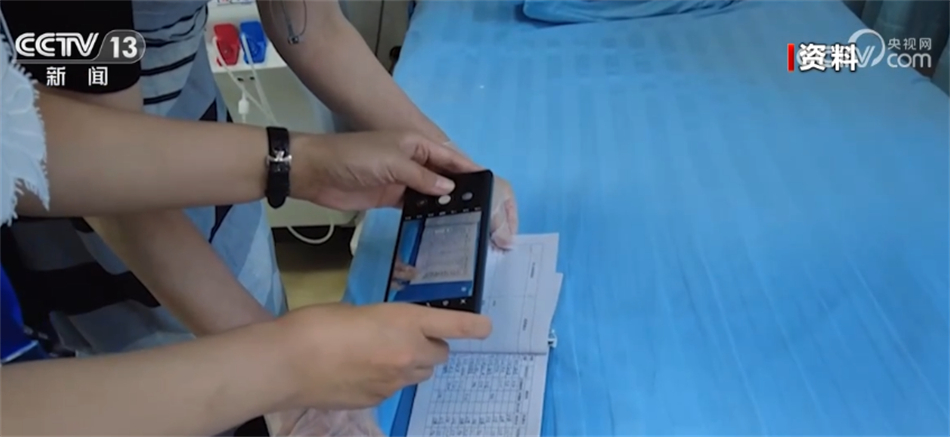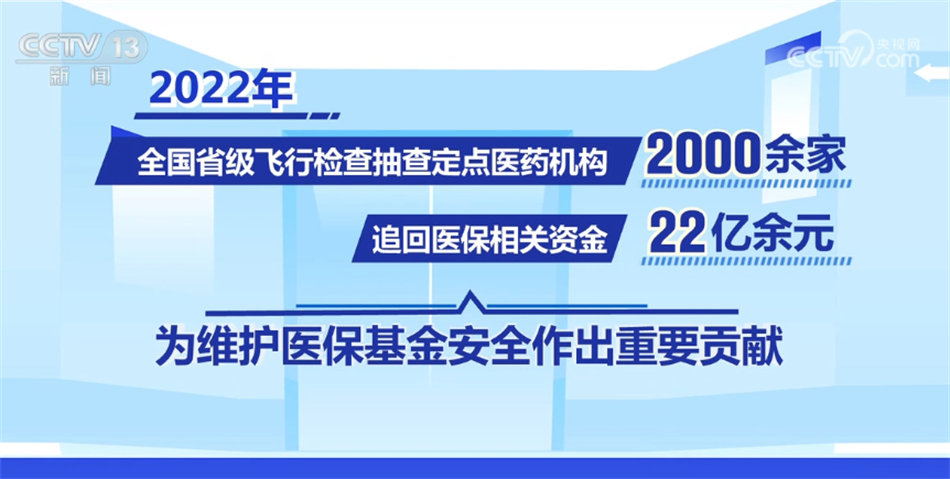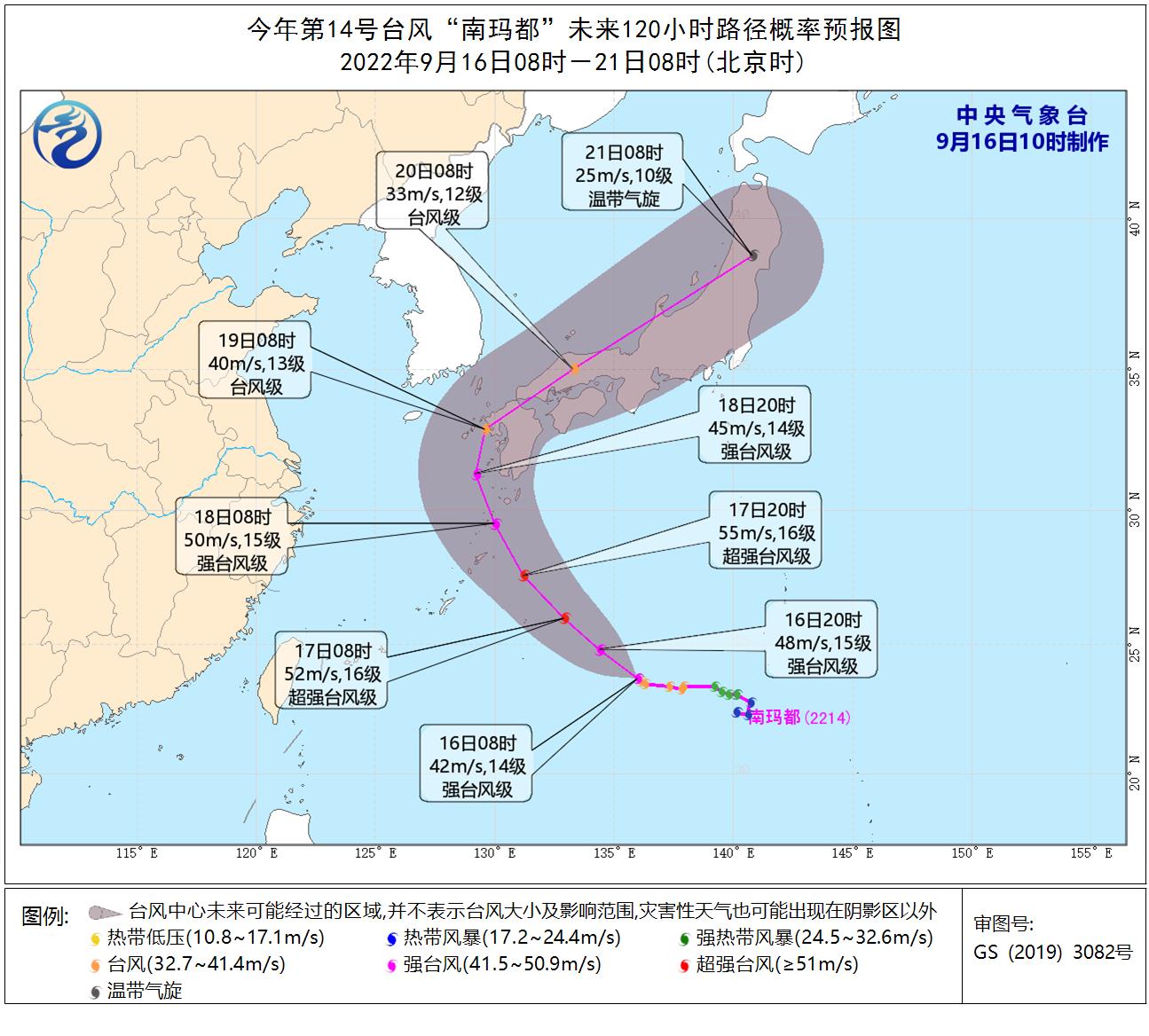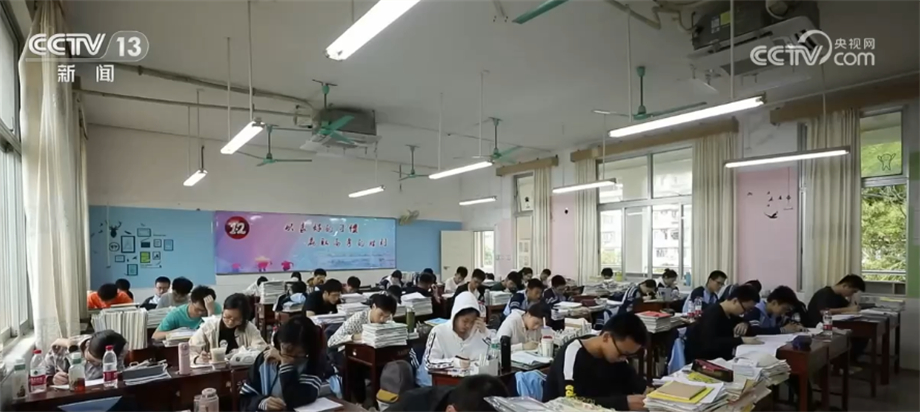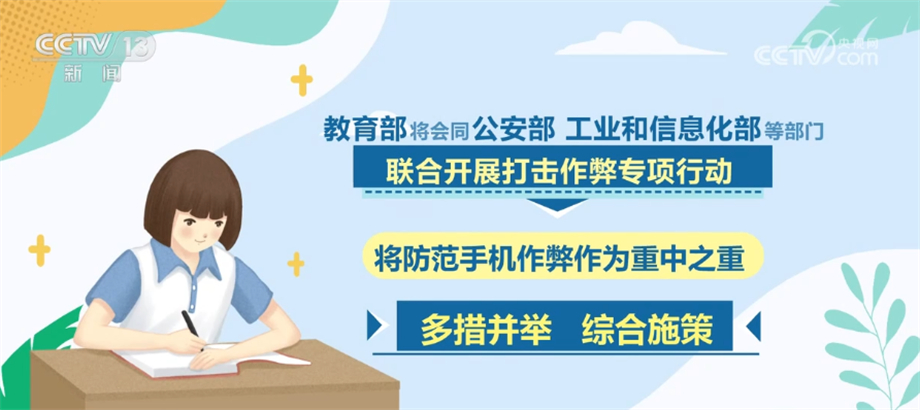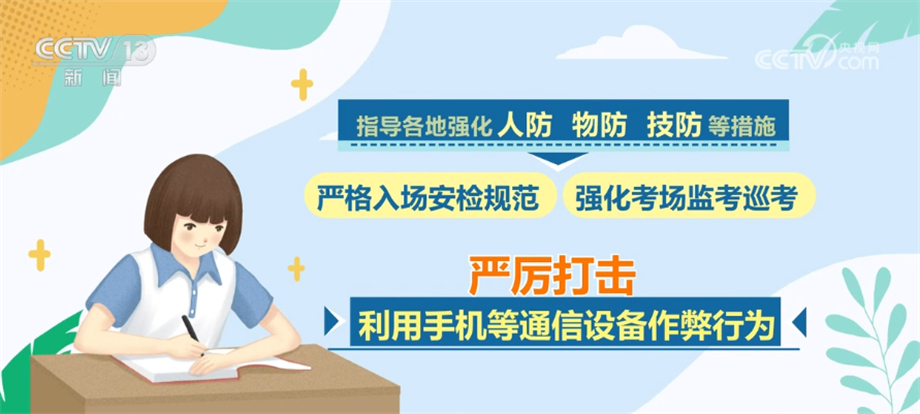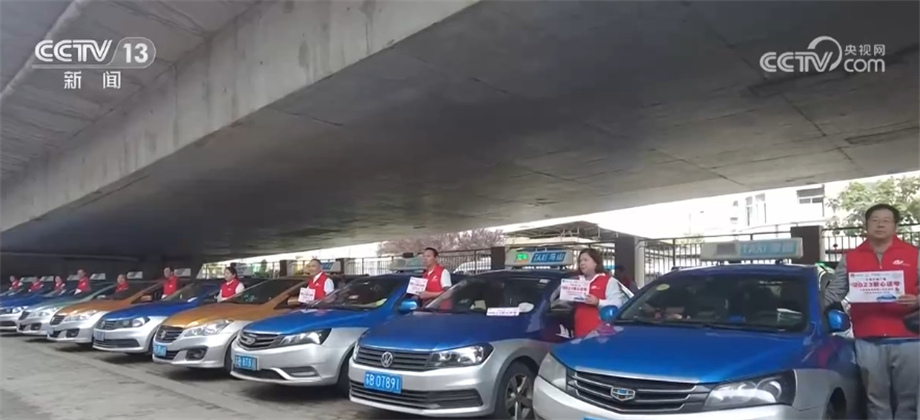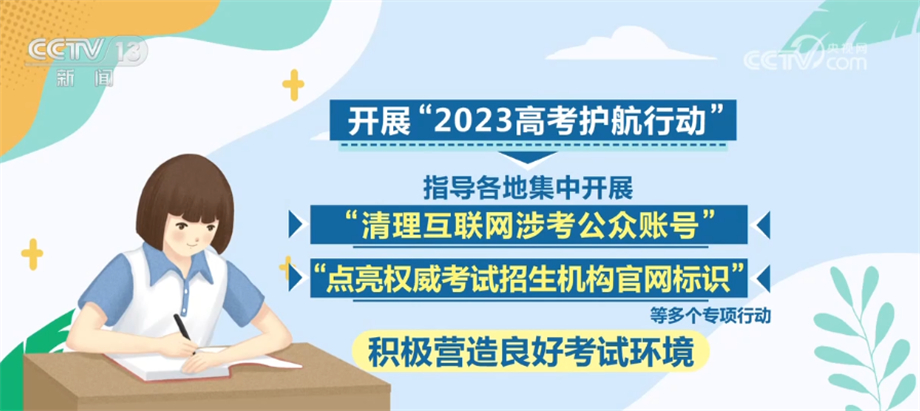The report of the 19th National Congress of the Communist Party of China pointed out that Socialism with Chinese characteristics’s entry into a new era means the continuous development of Socialism with Chinese characteristics’s roads, theories, systems and culture, which has expanded the way for developing countries to move towards modernization, provided new choices for countries and nations in the world who want to speed up their development and maintain their independence, and contributed China wisdom and China’s plan to solving human problems. It can be said that the success of China Road is changing the inherent view of the world on the road of human social development, especially the road of modernization, and more and more showing its world significance. For China scholars, it is not only a very important political task, but also a very serious academic research.
Clarifying the road of China is of great significance to the development of China and the world.
Today, China is increasingly connected with the world. Explaining the road of China to the world is of great significance to the development of China and the world today.
The objective need for China to approach the center of the world stage and play a greater role. After 40 years of hard struggle and exploration of reform and opening up, China has created an earth-shattering miracle in the history of human social development. The level of social productivity has improved significantly, the people’s living standards have improved significantly, and its international influence and voice have improved significantly. Especially since the international financial crisis broke out in 2008 and China surpassed Japan to become the second largest economy in the world in 2010, China’s international status has become increasingly prominent, and it has approached the center of the world stage with a more steady and confident pace. In today’s world, China plays an irreplaceable and constructive role in promoting economic globalization, handling major international affairs and building a more just and reasonable international order. It is hard to imagine what the world would be like without China. Therefore, China needs to convey more China voices to the world, better display China’s national image, and let the world know more about China, accept China and recognize China.
To provide the world with the wisdom of China and the practical needs of China’s plan. As Comrade Supreme Leader said, "The world is so big and there are so many problems, and the international community is looking forward to hearing China’s voice and seeing China’s plan". At present, the economic recovery of major developed countries is slow, and economic and social development encounters various difficulties, which makes it more urgent for mankind to explore a better social system. The vast number of developing countries not only have similar historical circumstances to China, but also face unavoidable and unavoidable problems of governing the country, such as how to develop the economy, improve people’s livelihood and maintain stability. In contrast, the development of China has accumulated many successful experiences that are effective and worthy of long-term persistence, and won universal praise in the world. The successful practice and valuable experience of China Road show China’s wisdom, provide valuable reference experience for global governance, and set a very rare and good model for the world, especially the developing countries, to explore the development path in line with their own national conditions. As China approaches the center of the world stage, it is in such a big trend that leads the world. China scholars should enhance their confidence and ability to explain the road of China to the whole world.
It is necessary to clarify the prejudice and misunderstanding of China in western society. How to solve the difficult problem of realizing modernization in a populous, poor and backward country? There is no precedent in the world. China not only solved this problem, but also did it well. Today, China has made great achievements that attract worldwide attention in its modernization drive and made important contributions to world development. However, due to ideological prejudice, even for ulterior political purposes, some western forces are used to looking at China’s road and China’s development through "colored glasses", and "China’s collapse theory" and "China threat theory" are endless, and the phenomena of questioning, accusing and even attacking China are one after another. China scholars can’t turn a blind eye to this, let alone let it go. China scholars can make great achievements in clarifying prejudice and misreading. We should interpret the code of China’s development and the value of China Road through academic communication and dialogue, so as to avoid the misunderstanding, misreading and misunderstanding of China in western society to the greatest extent.
To clarify the road of China, we must grasp several aspects
To explain the road of China to the world, we must solve the problem of what to say. From the actual situation, we need to grasp the following aspects.
China Road is a hard-won road. The road of China did not fall from the sky, but the correct road suitable for the national conditions of China was found by the Communist Party of China (CPC) who led the people of China to go through all kinds of hardships and pay all kinds of costs. This road was formed through continuous practical innovation and theoretical exploration led by generations of the Communist Party of China (CPC) people. It is full of suffering and glory, twists and turns and victories, dedication and gains. It is the correct road that has been tested by practice and is hard-won and precious. China Road with a strong sense of history is both a historical necessity and a choice of the people. The people of China must cherish it and never make subversive mistakes.
China Road is a road with unique advantages. China Road has unparalleled unique advantages. For example, from the economic system, the socialist market economic system gives full play to the role of the market and the government, which not only ensures economic vitality, but also ensures macroeconomic stability, and is an advanced economic system. From the political system, China’s political party system is advanced and successful. The multi-party cooperative political party system led by the Communist Party of China (CPC) can carry forward democracy and brainstorm ideas, and at the same time can avoid the problems of continuous party struggle and low efficiency caused by the western two-party system and multi-party system. From the perspective of cultural system, Socialism with Chinese characteristics’s cultural construction not only ensures the guiding position of Marxism, but also stimulates the cultural innovation and creativity of the whole nation and promotes the prosperity of socialist culture. China Road follows the basic law of the development of human society, conforms to the trend of peace, development, cooperation and win-win, and can properly handle the major relations in economic and social development, so it has unlimited bright prospects and will surely become wider and wider.
China Road is a road that benefits the people. China’s road has rich connotations, colorful theoretical elements and profound China wisdom. China Road is committed to meeting people’s growing needs for a better life, enhancing people’s well-being, promoting people’s all-round development, and gradually achieving common prosperity for all people. China Road insists on rallying people’s strength, respecting people, relying on people, for people, and realizing people’s fundamental interests as the starting point and the end result. Judging from the historical process since the reform and opening up, it is precisely because our party conforms to the people’s yearning for a better life and upholds the people-centered development thought that it can fully mobilize the people’s enthusiasm, initiative and creativity to participate in socialist modernization and enable the people to enjoy more and fairer development results. As far as poverty alleviation is concerned, over the past five years, China has steadily lifted more than 68 million poor people out of poverty, and the incidence of poverty has dropped from 10.2% to 3.1%. The reason why China Road shows more and more energy lies in the active recognition, heartfelt support and full participation of the people.
China Road is a way to contribute to the world. In recent years, with the deepening of reform and opening up, China’s national strength has been continuously enhanced, its influence has been continuously enhanced, and its contribution to the world has been increasing day by day. "What can China Road contribute to the world" has become the "question of the times" that must be answered today. Generally speaking, China Road has made at least five historic contributions to the world: survival contribution, development contribution, institutional contribution, cultural contribution and peaceful contribution. China advocates diversity in the world, equality among countries, mutual learning among civilizations, inclusive development and mutual benefit, and promotes the building of a community of human destiny. In recent years, China’s foreign trade, foreign investment and foreign exchange reserves rank among the top in the world, contributing more than 30% to world economic growth. This is a powerful proof of China’s contribution to the world. China solved the difficult problem of modernization with Marxist wisdom and oriental wisdom, and changed the modernization mode from single choice to multiple choice, which promoted the diversity of human civilization development.
Enhance academic self-confidence and impress people with academic theory
China scholars can explain the road of China to the world clearly, instead of shouting slogans, talking to themselves and imposing on others, they must strengthen academic expression, dissemination, communication and dialogue, explain facts with academics and impress people with academic theories.
Enhance academic self-confidence. Comrade Supreme Leader pointed out in the report of the 19th National Congress of the Communist Party of China that after long-term efforts, Socialism with Chinese characteristics has entered a new era, which is a new historical orientation for China’s development. China scholars should firmly grasp the fundamental change of Socialism with Chinese characteristics entering a new era, build a solid ideological foundation, enhance road confidence, theoretical self-confidence, institutional self-confidence and cultural self-confidence, tell the story of China well from the historical position of the new era, and systematically explain the road of China from the height of the whole world. Where does confidence and confidence come from? The great achievements from Socialism with Chinese characteristics’s practice come from the unique advantages of looking at the world scenery. China scholars should construct China’s own academic system and discourse system, explain China’s experience and contribute China’s wisdom to the international community, and fully reflect China scholars’ academic responsibility and academic attainments. We should use China’s academic thought to tell the story of China, spread the voice of China and contribute China’s academic gift to the world.
Learn from academic achievements. China’s development achievements have attracted the continuous attention of the world, especially the attention of international academic circles. Overseas, there has been an upsurge of research on China, and many well-known institutions and scholars have achieved considerable positive results. China scholars should persist in not forgetting the original, absorbing foreign countries and facing the future, and deepen the study of China Road and contemporary China issues. We should not only base ourselves on the reality of our country, but also open the door to engage in research; We should not only pay attention to originality, focus on me, but also be eclectic and use it for us, actively learn from and absorb the research results of overseas scholars. For example, in recent years, the latest research results of overseas scholars on China model, China experience, China’s economic development, China’s democratic political construction and the construction of the ruling party have certain enlightenment and reference significance in terms of perspectives, methods and opinions, which can be a reference for us to strengthen academic research. China scholars should enhance their awareness of openness and international communication, insist on focusing on themselves and learn from them extensively, so as to make China’s academic discourse, academic system and academic achievements more contemporary and international, and more easily accepted by international academic circles and the international community.
Strengthen academic exchanges. With the development of China, the discourse power of China scholars is changing profoundly from being unqualified, soliloquizing and unable to say aphasia to being partially led. This transformation process is actually a process in which China’s academics are led by theory defense and theory explanation. To achieve theoretical guidance, express China’s words to the world, interpret China’s plan and explain China’s road clearly, we need to "go out" and "please come in", and attach great importance to academic exchanges and mutual learning. It is necessary to build an academic exchange platform, actively participate in international bilateral and multilateral academic activities, make full use of international forums, forums and conferences at all levels, establish a long-term and stable high-end academic dialogue mechanism, and improve the quality of academic exchanges; Broaden the field of academic exchanges, fully express China’s values, and advocate and enhance the community consensus on human destiny; Strengthen exchanges between think tanks at home and abroad, guide influential and convincing academic achievements to go abroad, promote overseas China studies, and let the world know China and China better.
Accelerate academic innovation. Time is the mother of thought and practice is the source of theory. The vitality of theory lies in innovation. China scholars should uphold the scientific attitude and method of doing scholarly research, earnestly enhance their sense of innovation, fully embody China’s characteristics, China’s style and China’s style in academic propositions, academic ideas, academic viewpoints and academic discourses, constantly summarize and refine new concepts, new categories, new systems and new expressions, effectively enhance the innovation and affinity of academic achievements, and demonstrate the responsibility of China scholars in accurately explaining China’s road. Comrade Supreme Leader pointed out: "We should focus on the major issues facing the development of China and the world, and strive to put forward ideas, propositions and plans that can reflect China’s position, China’s wisdom and China’s values." China scholars should strengthen academic accumulation, lay a solid academic foundation, cultivate academic ethics, broaden their academic horizons, pay attention to the integration of history and reality, theory and practice, and improve the explanatory power of academic achievements. Give full play to professional characteristics and academic expertise, further refine and optimize the discourse of external publicity, jump out of the pattern of interpreting the reality of China with western discourse, and strive to make more high-quality academic achievements that people who care about the road of China and the development of China love to read.
(Author: Socialism with Chinese characteristics Thought Research Center of the New Era, the Supreme Leader of the Central Party School)
